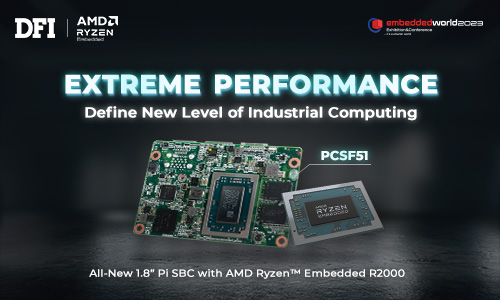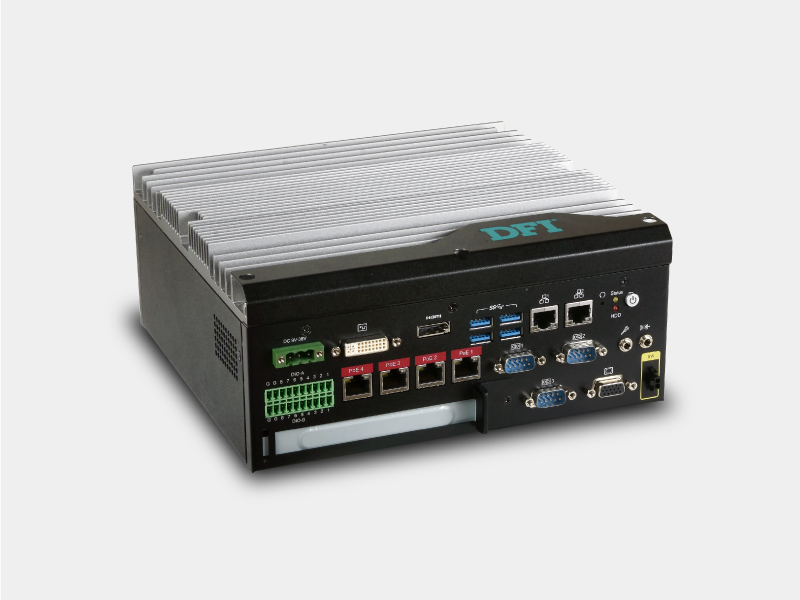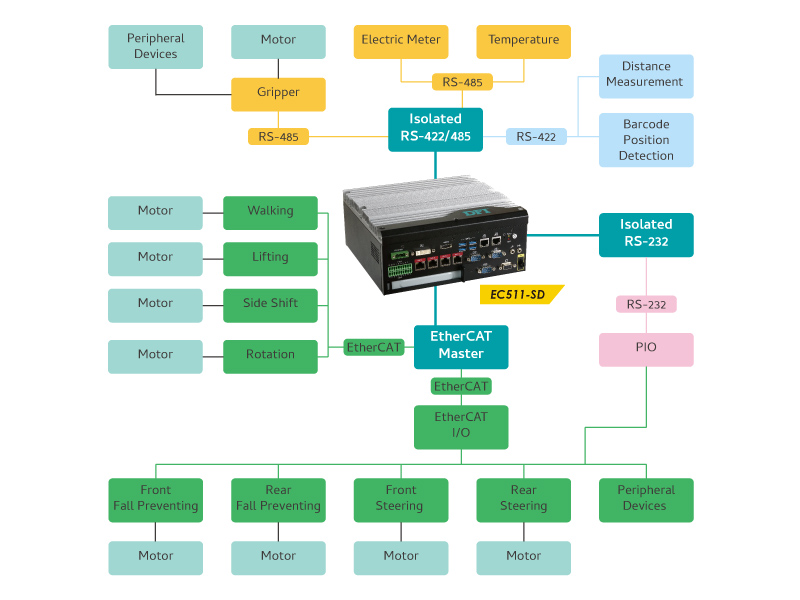Bridge Crane
DFI's EC511-SD series is equipped with the sixth-generation Intel® Core™-i processor and Intel® Q170 chipset, providing high-performance computing and excellent graphics. The EC511-SD series has many industrial-grade I/O interfaces and PCI/PCIe expansion slots, bringing ideal solutions to high-end intelligent applications such as mechanical automation, AOI systems, and monitoring. The EC511-SD series also realizes the smart production of Industry 4.0.
Region: Taiwan
Industry: Foundry, LCD panel assembly
Application: Bridge crane
Solution: EC511-SD
An overhead crane, commonly called a bridge crane, is a type of crane found in industrial environments. An overhead crane consists of parallel runways with a traveling bridge spanning the gap. A hoist, the lifting component of the crane, travels along the bridge. Every year in the modern ports of the world, tens of thousands of containers and bulk goods come in and out through bridge cranes. Unlike mobile or construction cranes, overhead cranes are typically used for either manufacturing or maintenance applications, where efficiency or downtime are critical factors. The unmanned use of bridge cranes is necessary for highly automated production plants such as advanced wafer fabs in Taiwan.
However, the bridge crane also brings many additional requirements and challenges to industrial computers. First of all, the number of COM ports used to connect mechanical components must be sufficient and compatible with protocols such as RS-232/422/485 and must have galvanic isolation protection to meet the high-voltage industrial environment. Secondly, the operating bridge cranes are anywhere from seven to eight feet above the ground, or even higher. When a failure or a system crashes, it will not be easy to quickly repair and freeze the entire bridge line.
A world-renowned foundry in Taiwan and a leading LCD panel assembly manufacturer originally used industrial computer solutions that lacked sufficient COM ports and galvanic isolation protection. Several USB interface COM ports must be indispensable. The other cord increases the cost, making the cabling more complicated and taking up many internal spaces. The old solution does not support out-of-band (OOB) management. Once a failure occurs, it will take longer and time-consuming follow-up repairs, reducing the production line's efficiency. Both tangible and intangible losses are expensive.
The DFI customized EC511-SD system has a flexible expansion card, it is able to provide four COM ports with galvanic isolation protection and can also support RS-232/422/485 by adjusting the jumper to improve deployment flexibility. The built-in power over ethernet (POE) directly supplies power to the IP camera. The EC511-SD based on the Q170 chipset corresponds to the Intel vPro platform and supports iAMT active management technology. When the bridge crane's control computer encounters a failure, it can be rebooted remotely via the wireless network immediately without any effort.








,有助於車隊管理員管理駕駛行為、運動感測、急煞車和衝擊偵測.jpg?timestamp=1689918406.42007)





